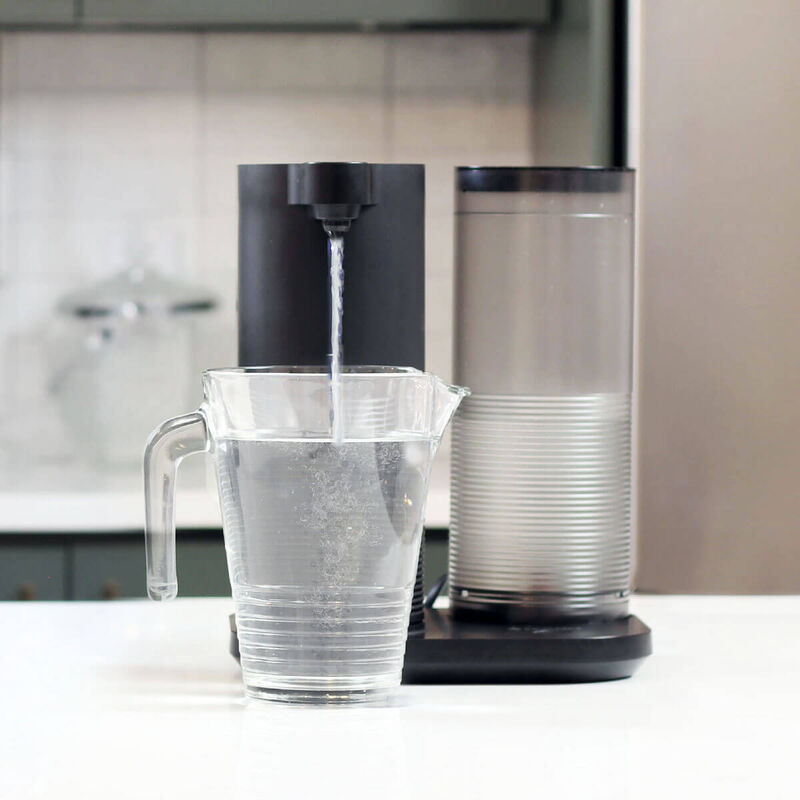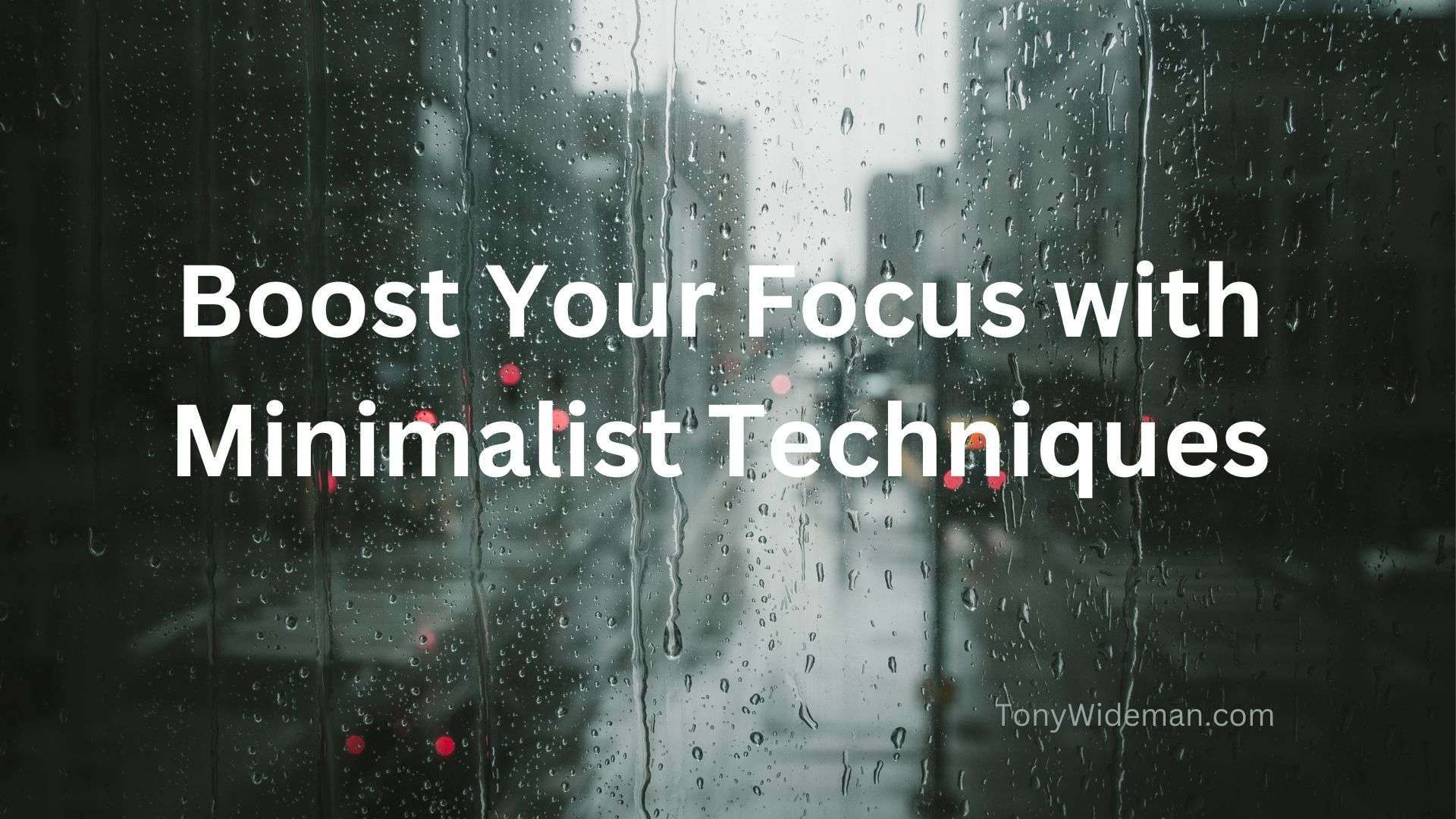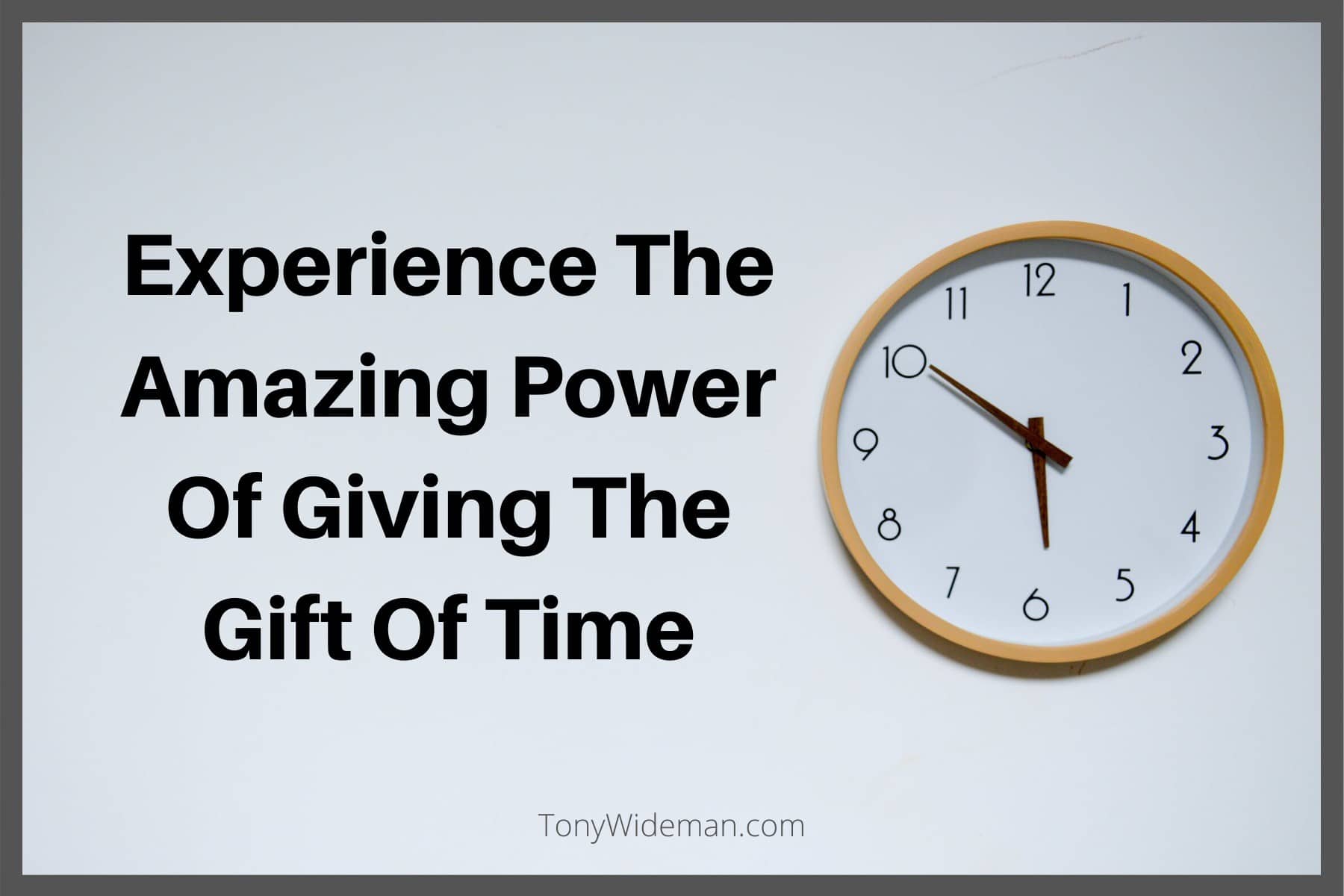Embracing Minimalism: Transforming Your Home
In a world filled with excess, minimalism offers a refreshing perspective on how we can live a more intentional and fulfilling life.
At its core, minimalism is about stripping away the unnecessary and focusing on what truly matters.
It goes beyond decluttering physical spaces; it extends to our mindset, lifestyle, and daily choices.
Embracing minimalism can transform your home into a serene and harmonious sanctuary, promoting a sense of calm and well-being.
Benefits of Embracing Minimalism
Minimalism brings numerous benefits that go beyond aesthetics. By simplifying your surroundings and streamlining your life, you can experience:
- Enhanced Clarity: With fewer distractions, you can focus better and achieve mental clarity.
- Reduced Stress: A minimalist environment promotes a sense of calm and reduces stress levels.
- Improved Productivity: A decluttered space allows for increased productivity and efficiency.
- Increased Mindfulness: Embracing minimalism encourages mindfulness and present-moment awareness.
- Financial Freedom: By resisting the urge to accumulate unnecessary possessions, you can save money and gain financial freedom.
Decluttering Your Space: A Step-by-Step Guide
To embark on a minimalist journey, decluttering your space is a crucial first step. Here’s a step-by-step guide to help you along the way:
1. Assessing Your Belongings
Begin by evaluating each item in your home. Ask yourself if it serves a purpose or brings you joy. If not, consider letting it go.
2. Sorting and Organizing
Categorize your belongings into three groups: keep, donate/sell, and discard. Organize the items you choose to keep in a systematic and orderly manner.
3. Letting Go of Unnecessary Items
Letting go can be challenging, especially with sentimental items. However, understand that memories reside within you and not in physical objects.
Consider donating or selling items that no longer serve you.
Creating a Minimalist Living Space
Once you’ve decluttered, it’s time to transform your living space into a minimalist haven. Here are some key steps to follow:
1. Simplifying Furniture and Decor
Opt for furniture and decor with clean lines and a minimalistic aesthetic.
Keep only the essential items that serve a purpose and avoid excessive ornamentation.
2. Utilizing Clever Storage Solutions
Maximize your space by utilizing clever storage solutions such as hidden compartments, wall-mounted shelves, and multi-purpose furniture.
This allows you to maintain a clutter-free environment.
3. Incorporating Neutral Colors and Clean Lines
Choose a color palette that consists of neutral tones like whites, grays, and earthy hues.
These colors promote a sense of calm and simplicity. Emphasize clean lines and avoid overly busy patterns.
Embracing Minimalism in Different Rooms
Minimalism can be applied to every room in your home. Let’s explore how you can create minimalist spaces in key areas:
1. Minimalist Bedroom
Create a peaceful bedroom by keeping the space free from distractions. Choose a comfortable bed, essential furniture pieces, and soft, neutral bedding.
Clear surfaces of unnecessary items for a serene atmosphere.
2. Minimalist Living Room
Design a living room that promotes relaxation and connection.
Opt for comfortable seating, minimal decorations, and functional storage solutions.
Keep the room open and airy, allowing space for mindful activities.
3. Minimalist Kitchen
In the kitchen, prioritize functionality and organization. Clear countertops, invest in quality cookware, and minimize unnecessary gadgets.
Embrace simplicity in design and focus on essential cooking tools.
4. Minimalist Bathroom
Transform your bathroom into a spa-like retreat.
Declutter countertops, keep only essential toiletries, and incorporate calming elements like natural materials and plants.
Create a serene ambiance for self-care rituals.
[adrotate group=”9″]
[adrotate group=”12″]
Embracing Minimalism in Daily Life
Minimalism is not limited to your physical surroundings; it can also be integrated into your daily life.
Here are some ways to embrace minimalism beyond your home:
1. Mindful Consumption
Adopt a conscious approach to consumption.
Prioritize quality over quantity, invest in experiences rather than material possessions, and practice mindful spending.
2. Digital Decluttering
Apply minimalism to your digital life by decluttering your digital devices.
Organize files, unsubscribe from unnecessary newsletters, and create a clean and organized digital workspace.
3. Time Management and Prioritization
Simplify your schedule and prioritize activities that align with your values.
Embrace the power of saying no and focus on activities that bring joy and fulfillment.
Cultivating a Minimalist Mindset
Minimalism is not just about physical belongings; it’s a mindset shift towards simplicity and intentionality.
Cultivate a minimalist mindset with the following practices:
1. Letting Go of Attachments
Learn to detach yourself from material possessions and let go of attachments.
Recognize that true happiness comes from within and not from external belongings.
2. Focusing on Experiences over Possessions
Shift your focus towards experiences and meaningful connections rather than accumulating material possessions.
Prioritize creating memories and cherishing moments with loved ones.
3. Practicing Gratitude and Contentment
Embrace gratitude and contentment in your daily life. Appreciate the things you already have and find joy in simplicity.
Practice gratitude exercises to cultivate a positive mindset.
Conclusion
Embracing minimalism can be a transformative journey that brings numerous benefits to your life.
By decluttering your space, creating a minimalist home, and adopting a minimalist mindset, you can experience enhanced clarity, reduced stress, and improved well-being.
Embrace simplicity, let go of excess, and discover the joy of a minimalist lifestyle.
[adrotate group=”9″]
[adrotate group=”12″]
FAQs
1. How can minimalism improve my mental well-being?
Minimalism promotes a clutter-free environment, reducing distractions and promoting mental clarity. It can help reduce stress, improve focus, and create a sense of calm and well-being.
2. Is minimalism only about owning fewer things?
While owning fewer things is a part of minimalism, it goes beyond that. Minimalism is a mindset and lifestyle that encourages intentionality, simplicity, and prioritizing what truly matters to you.
3. Can I still have a personal style in a minimalist home?
Absolutely! Minimalism doesn’t mean sacrificing personal style. It’s about curating your belongings and creating a space that reflects your taste and brings you joy while avoiding excessive clutter and unnecessary items.
4. How do I deal with sentimental items when embracing minimalism?
Dealing with sentimental items can be challenging. Consider taking photographs or creating a memory box to preserve the sentimental value without cluttering your physical space. Focus on the memories associated with the items rather than the items themselves.
5. Can minimalism benefit my finances?
Yes, embracing minimalism can benefit your finances. By resisting the urge to accumulate unnecessary possessions, you can save money and spend it consciously on things that truly add value to your life. Minimalism encourages mindful spending and financial freedom.







